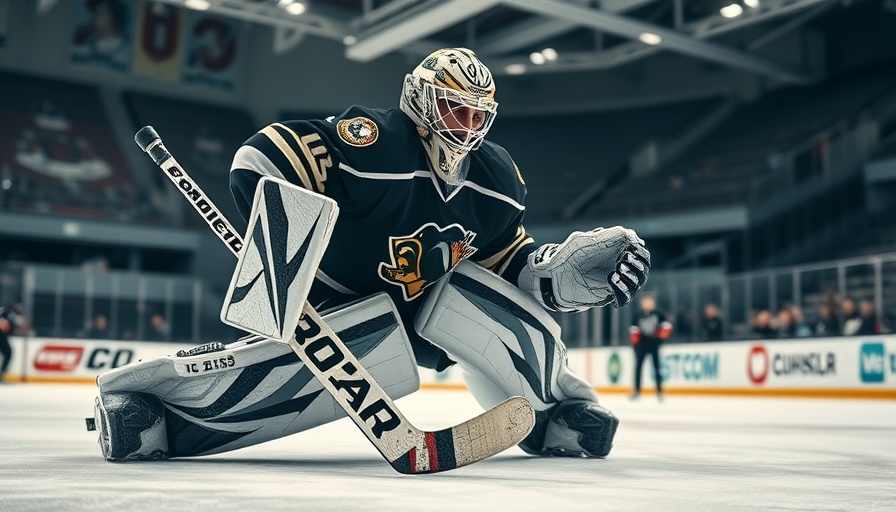
Mastering the Art of Covering Loose Pucks
As a goalie, one of the trickiest challenges you might face is effectively covering up loose pucks. They can create chaos on the ice, leading to unexpected goals that could cost your team the game. In our exploration inspired by the video 3 Tips to Effectively Cover Up Loose Pucks, we delve into strategies that will empower goalies to enhance their skills in handling these unpredictable plays.
In 3 Tips to Effectively Cover Up Loose Pucks, the discussion dives into key strategies for goalies, exploring insights that sparked deeper analysis on our end.
Understanding the Importance of Goalie Awareness
First and foremost, a successful goalie requires a heightened sense of awareness during games. Recognizing when a puck is loose gives you a competitive edge. By staying alert, you can anticipate where the puck is likely to go when it approaches. This defensive mindset is crucial not just for stopping shots but for controlling the play’s direction, contributing to more successful outcomes during matches. Hockey is a fast-paced game, and having the ability to think ahead is essential.
Tip 1: Positioning is Key
Effective puck coverage starts with your positioning in the crease. Aim to place yourself in a position where you can easily slide over and seal off any available space. Ensuring that your knees are bent and your body is centered over the crease allows you to react swiftly to loose pucks. This intentional stance reduces the chance of a rut in your movement and allows for a smoother execution when diving to cover the puck.
Tip 2: Use the Right Gear
Your goalie gear can significantly influence your ability to cover loose pucks. High-quality pads and gloves should be comfortable but provide the necessary support. Consider practicing with different gear to find what works best for your playing style. A well-fitted set not only enhances your performance but also allows you to move fluidly and make quick decisions.
Tip 3: Practice Makes Perfect
The best way to handle loose pucks confidently is through practice. Incorporate drills into your training that emphasize quick reactions to loose pucks. For instance, work on positioning drills with your coach that simulate game scenarios. These exercises reinforce muscle memory, enabling you to instinctively react to real-game situations without hesitation.
Emphasizing Team Communication
When it comes to loose pucks, teamwork matters. Effective communication with your defensemen can prevent many loose puck situations from arising. Regular talks about what each player is responsible for can help reduce misunderstandings on the ice. Encourage your team to assess situations collectively; everyone’s awareness can significantly diminish scoring opportunities for the opposition.
Concluding Thoughts and A Call to Action
Covering loose pucks requires a combination of skill, awareness, and effective teamwork. So, the next time you're on the ice, remember to stay sharp, communicate with your teammates, and apply the tips shared here. By doing so, you’ll not only improve your individual game but also contribute positively to your team's overall performance. Take a moment this week to practice these techniques and see how they change your game!
 Add
Add 

 Add Row
Add Row 


Write A Comment